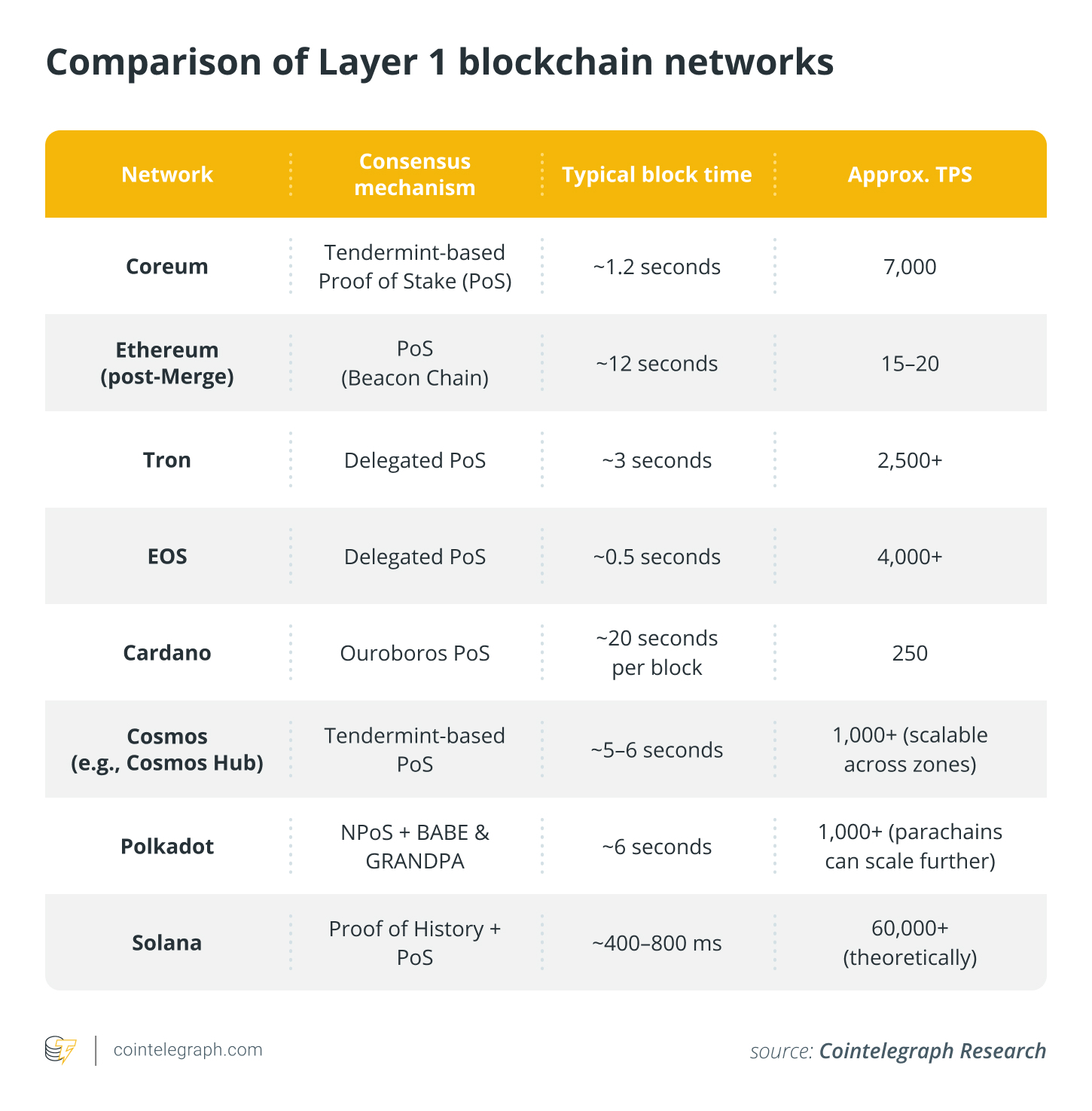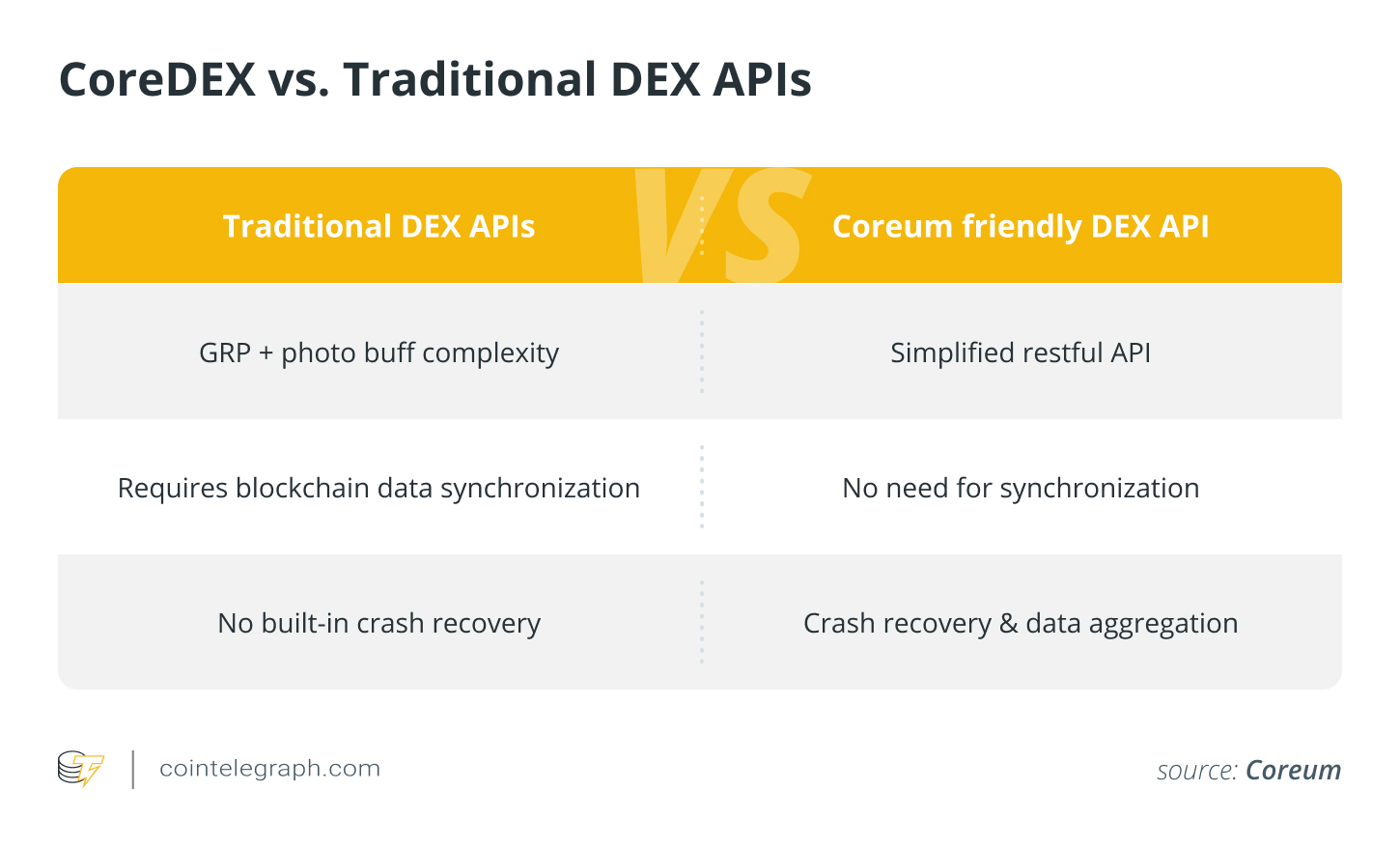
A recent analysis delves into Coreum’s significance in driving the adoption of blockchain technology within institutions. It assesses the project’s technical framework, compliance protocols, and its potential effect on regulated asset tokenization. The findings include perspectives on transactional efficiency, security features, and cross-chain compatibility. Additionally, it looks at how Coreum integrates into the dynamic financial environment.
The Evolution of Blockchain and Institutional Needs
The uptake of blockchain solutions by financial entities has seen exponential growth, reflecting a similar increase in the value of tokenized real-world assets (RWA), which surged by 85% in 2024.
This analysis explores how next-gen blockchains, like Coreum, are tackling scalability, regulatory adherence, and interoperability challenges. Enhancements at the foundational level are expected to facilitate smoother institutional adoption in the future.
Access the complete report for free here.
Coreum is designed to accommodate applications requiring stable transaction costs, regulatory compliance, and smooth integration with existing financial systems. Network data shows that Coreum achieves a transaction capacity exceeding 7,000 TPS and a finality period of approximately 1.2 seconds. This positions Coreum competitively within the crowded layer-1 blockchain arena.

Coreum incorporates most of its compliance features directly at the protocol level, a vital element for institutional acceptance. The network supports on-chain KYC and AML monitoring through collaboration with AnChain.ai, an AI-driven compliance specialist.
This differs from traditional blockchains, where compliance tools typically function as third-party applications. Coreum integrates compliance at its core, along with real-time risk analysis and fraud detection capabilities.
Decentralized Exchange (DEX) and Institutional Trading Framework
This analysis also evaluates Coreum’s decentralized exchange (DEX) infrastructure. While many layer-1 blockchains rely on liquidity pools, Coreum features an integrated on-chain order book, creating significant distinctions between the two models.
Coreum’s order book DEX offers deterministic trade execution with minimal slippage, making it particularly suitable for institutional trading methodologies. In contrast, AMM-based DEXs depend on liquidity pools that can lead to price inefficiencies and increased risk of impermanent losses.
The architecture of Coreum’s DEX also supports high-frequency trading, boasting transaction speeds comparable to those found in traditional financial markets.
A prominent feature of Coreum’s DEX is its sophisticated API, which facilitates integration with institutional trading systems. The API is designed to offer low-latency access to order book data, market execution tools, and automated trading frameworks.
This infrastructure empowers financial organizations and market makers to weave Coreum’s DEX into their existing trading operations, ensuring compliance with industry regulations while enjoying the efficiencies afforded by blockchain settlements.
Access the complete report for free here.

Interoperability and Network Connectivity
Coreum’s strategy for interoperability includes connections with the XRP Ledger (XRPL) and the Cosmos/IBC network. These integrations facilitate cross-chain liquidity and asset transfers, supporting financial applications that require seamless interactions across different blockchain ecosystems.
This connectivity empowers institutional users to utilize XRPL’s payment efficiency alongside Cosmos’ modular interoperability framework, connecting with over 100 interconnected chains. The capacity to operate across multiple networks while maintaining security and compliance is in alignment with the demands of institutional blockchain adoption.
Conclusion:
Networks crafted for institutional engagement must address the challenges of compliance, scalability, and interoperability. Coreum’s technical design and regulatory considerations exemplify how blockchain networks can evolve to meet these needs.
With its fixed fee structure, integrated compliance features, and rapid trading infrastructure, Coreum is a prime example of how third-generation blockchains are positioning themselves at the convergence of cryptocurrency and regulated financial industries.
Access the complete report for free here
Disclaimer: This article does not offer investment advice or recommendations. Every investment and trading decision carries risk, and readers should perform their own due diligence before proceeding.
This article serves informational purposes and is not intended as legal or investment counsel. The opinions expressed herein belong solely to the author and do not necessarily reflect the views or opinions of any organization.
The content of this article and any products mentioned are not endorsed by any organization. Readers should conduct their own research before taking any actions related to any product or company mentioned and assume full responsibility for their choices.
